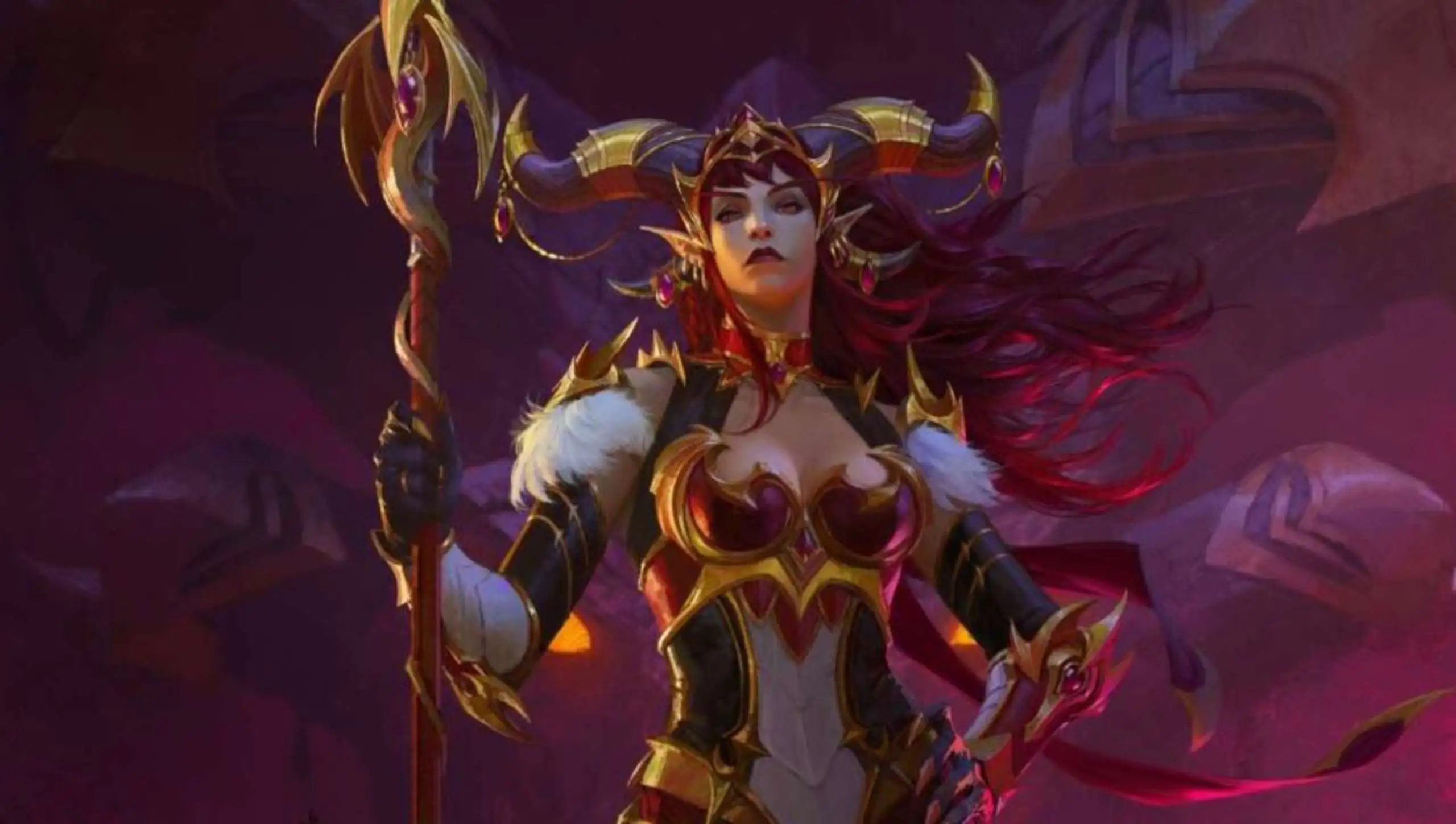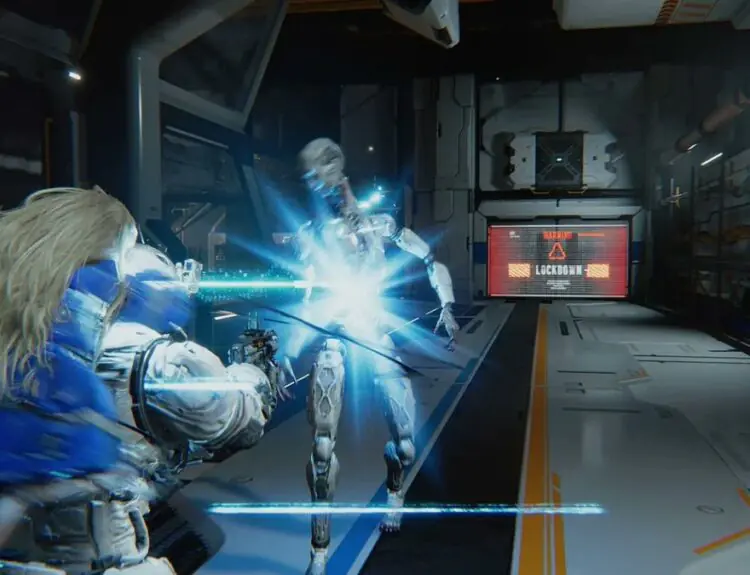The complete backstories of players’ characters are now available in World of Warcraft, thanks to a new Twitter campaign. Since its launch in 2004, World of Warcraft has amassed a significant player base, with many gamers continuing to play through the game’s eight major expansions. As a result, Blizzard is looking back on earlier adventures in preparation for the release of World of Warcraft: Dragonflight on November 28.
According to the official World of Warcraft Twitter account, Blizzard is launching the #WarcraftStory hashtag in conjunction with Twitter’s in-house brand management team, Twitter Next. As a result of this drive, gamers will have access to their entire World of Warcraft profile, including all of their in-game accomplishments and statistics.
Using the #WarcraftStory hashtag on Twitter, players may obtain a narrative biography of their in-game character that goes beyond basic statistics. In addition, players who want access must mention @Warcraft and provide information about their feelings, such as their name, realm, and location. Additional content can be unlocked for those eager for more by continuing to react to the initial tweet.
There have been other initiatives to get players excited for Dragonflight, such as the giveaway of one of World of Warcraft’s rarest mounts. Still, the Twitter campaign is the most natural fit for the game’s extensive backstory and loyal fan base. There are only so many games were looking back into a player character’s past would be as rewarding, given that many players have been with the game for years and have experienced all of its expansions. World of Warcraft is capitalizing on its remarkable longevity to generate buzz for the upcoming release of Dragonflight, despite the emergence of some legitimate competitors in the MMO industry, like Final Fantasy 14.
With World of Warcraft about to release Dragonflight, the #WarcraftStory hashtag might be vital in generating excitement among the game’s player population. The expansion’s promise is undeniable, with Dragonflight’s addition of a plethora of new content and, more importantly, adjustments to specific existing systems.







